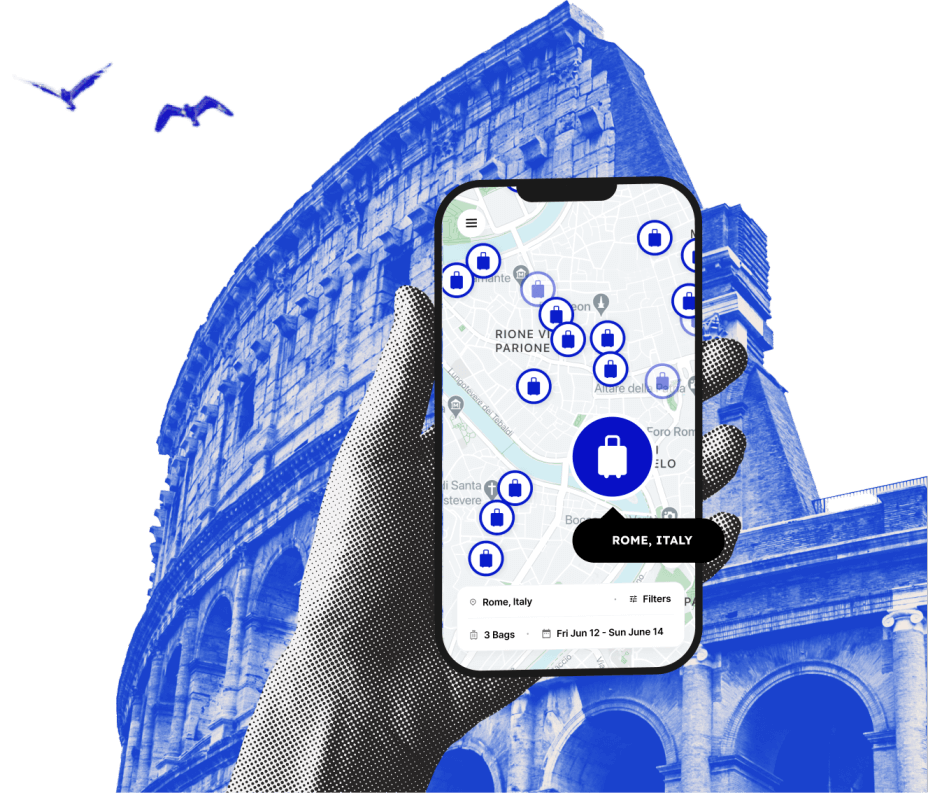How To Get Around Milan

Getting around Milan is very easy. Whether you decide to ride on one of the four metro lines, walk the historic center or cruise the 1500 series historic trams from the 1930s, Milan's public transport system (the ATM) has made it simple to navigate the city like a local. With affordable tickets, almost anyone can use public transport and get to their destination without much hassle.
But before you get on your ride, don't forget to store your luggage at a Milan luggage locker. This way you won't have to pay extra luggage fees on any of the public transportation in Milan.
How to get around Milan by train
Traveling by train in Milan and from Milan to other European cities is a popular way of transport among locals and tourists alike. The three main train stations are Milan Central Station (second largest in Italy), Porta Garibaldi, and Nord Cadorna. There is an extensive suburban rail system referred to as the S trains, which are connected with central trams and bus lines to the outskirts of Milan. The S line is a blue line if you are looking at a Metro map, and you can use the same ticket as a regular Metro trip.
If you are flying from Malpensa airport take the Malpensa Express train. It departs from Terminal 2 and runs every 20-40 minutes to Centrale, Garibaldi and Cadorna train stations. A one-way ticket is about $15.
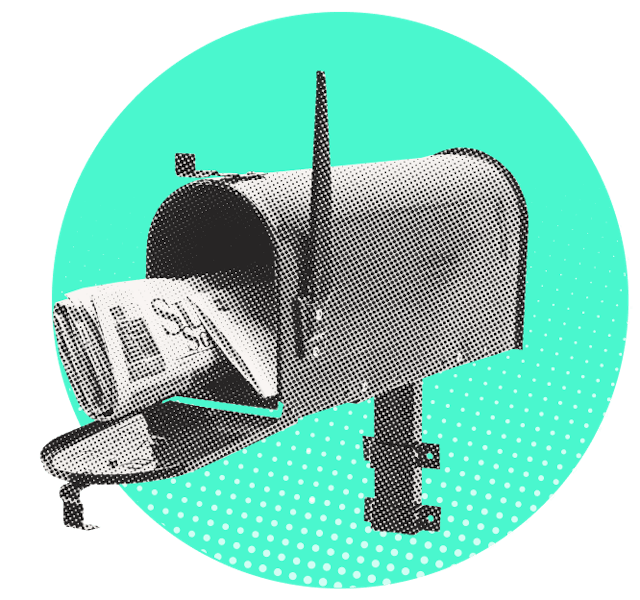
Love discounts and traveling?
Sign up for our newsletter and get 10% off your next booking.
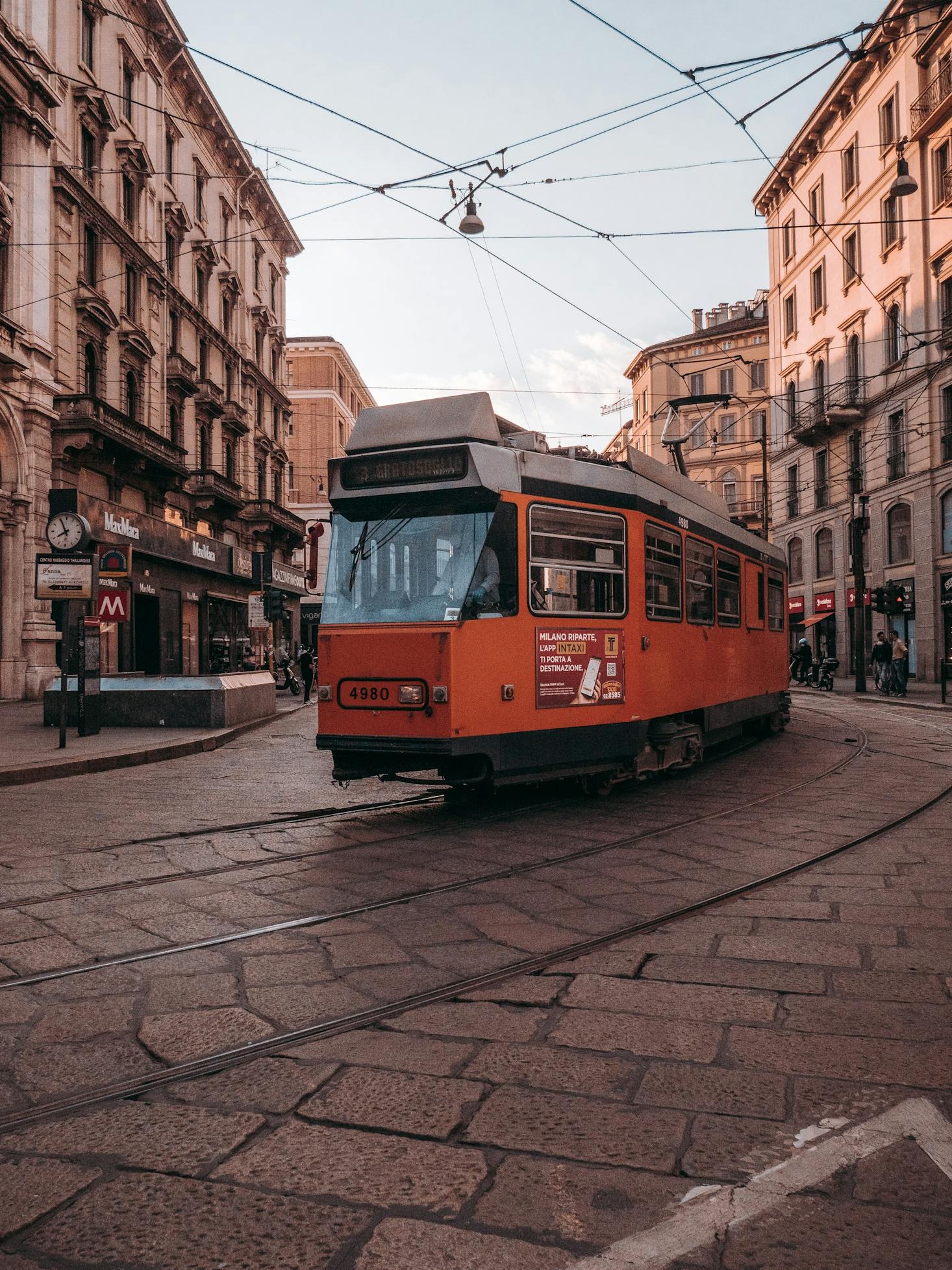
How to get around Milan by tram
Trams in Milan are the oldest public transport in the city, dating back to 1876. At that time, trams were horse-drawn but today you can see plenty of 80 year old historic trams cruising the streets of Milan. In fact, these historic trams were so popular, that even San Francisco bought theirs from Milan.
The tram network is made of 18 lines that run much longer than the buses and metro, starting at 4.30 am till 2. 30 am every day. The tram lines are numbered from 1 to 33. Trams numbered 2, 4, 14, and 16 are cruising centrally all passing by Piazza Duomo, while 2 and 3 are best for sightseeing and museum hopping. When many European cities have closed their tram networks system, the Milanese were lucky to keep it running, as today the trams are one of the easiest and fastest ways to get around Milan.
Keep in mind that like buses, trams operate with a stop on demand policy, meaning they only stop if someone is waiting at the tram stop. If you see a tram approaching, you need to let the driver know that you want to get on or press the button or pull the cord when you want to get off. Make sure to validate your ticket upon boarding the tram. Use caution when disembarking a tram as sometimes there are car lanes between tram lanes and the sidewalk.
While all modern trams are wheelchair accessible, some of the classic models are not. Check the ATM mobility page on the official website for more information.

How to get around Milan by metro
The metro is one of the best public transport options in Milan. Made of four subway lines called Metropolitana: M1 (red), M2 (green line), M3 (yellow line) and M5 (purple), and 111 stations, it is one of the longest metro networks in Italy, surpassing the metro line in Rome which is only made of three lines. Despite being 58.7 miles long, the Milan Metro is easy to navigate, much like the subway system in Paris and Washington, DC. If your intended destination is not part of the metro public transit, there are buses and trams connections that will help you get to your final destination.
Metro trains run daily from 6.30 am to 12.30 am. And if you are traveling later than that, don't worry, as there is a night bus service available. If you want to make sure of the hours, always check back with the official ATM website. Fortunately, the trains run very frequently, arriving every 2-4 minutes during peak travel hours, and from 5-10 minutes in the evenings and on weekends, but at the last stops of the M2 line, trains run every half hour.
Metro stations are easily recognized as they are indicated by big M signs placed near all staircases leading to the underground stations. There are many metro stops in the city center, including the Duomo, Centrale Station, and Cadorna Station, but unless you are going to Milan Malpensa Airport you are not going to need the metro in the City Centre.
A 24-hour ticket costs about $5 and you can use it on all public transportation. Evening tickets cost around $3.50 but you can only purchase them after 8 p.m. You can buy your ATM tickets from kiosks or in the underground stations. One thing to keep in mind is your luggage. Carrying a piece of luggage on any of Milan's public transport you need to present a valid luggage ticket, which costs around $1.70 for each piece of luggage on you.
The metro is easy to navigate for physically impaired and wheelchair users, as there are elevators, lifts and escalators in almost all subway stations. If using the metro lines sounds a little confusing, check the official ATM website, where you will find timetables and the metro map with all the metro stations, or grab a free map at the ATM Point Offices located in any of the major stations.
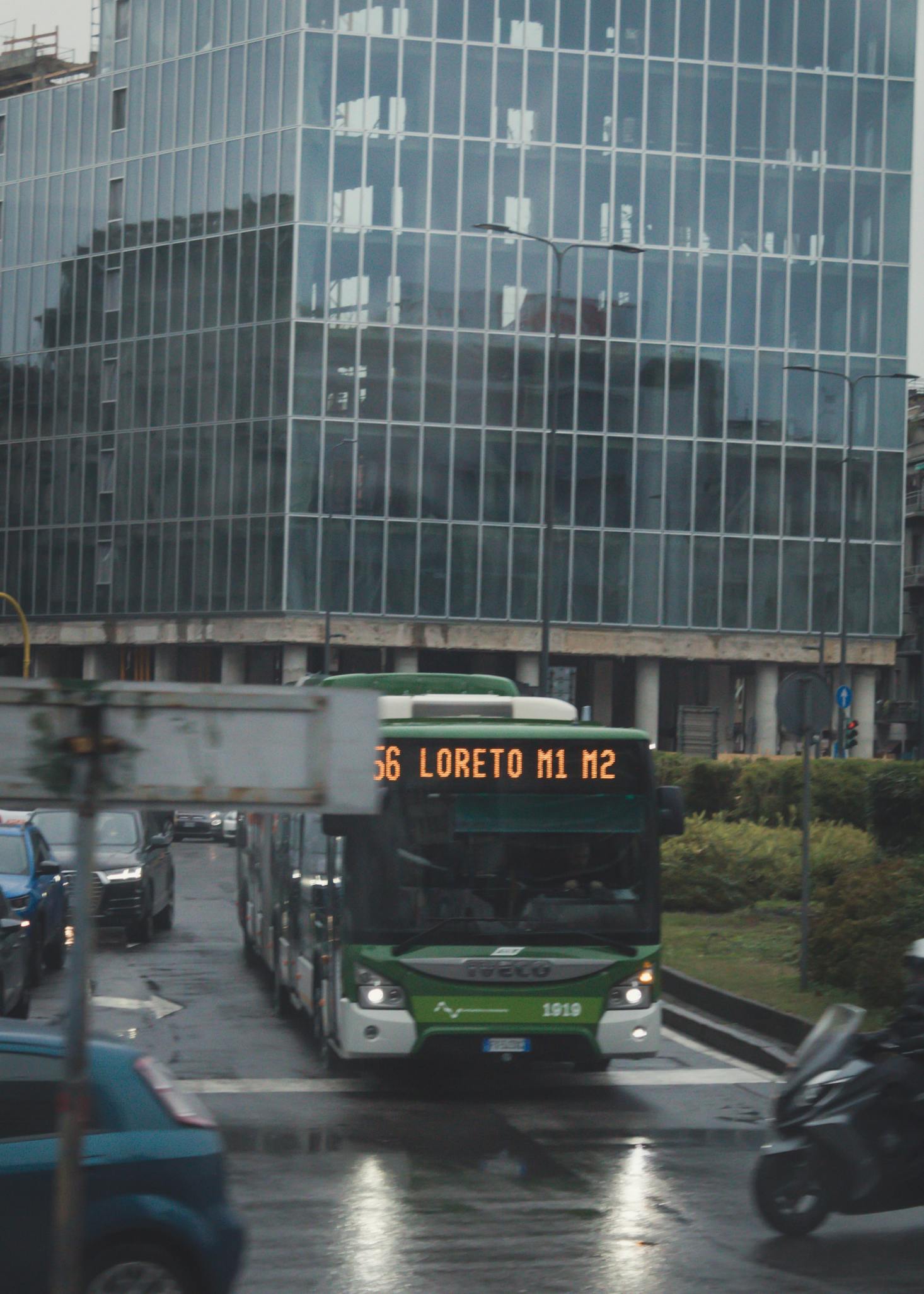
How to get around Milan by bus
With more than 80 bus and trolley bus lines, the bus network in Milan is pretty extensive and covers destinations the Metro doesn't go to. When your bus approaches, make sure to put your hand up to let the bus drivers know you are waiting for that bus number. The same goes for when your bus stop is getting close, just let the driver know you are getting off by pushing the button close to your seat.
The hours buses run are from 5.30 am till 1.45 am daily. Night buses are also available every day of the week from 12 am until 6 am, running every 30 minutes. One ticket costs about $1.70 and you can use it on multiple buses or on a tram, but only for 90 minutes from being stamped. The same ticket can be used for the day ATM network and the night service. Bus tickets can be purchased at tobacco shops, metro stations or parking meters.
If you are flying to Linate Airport take buses 73 and X73 to the metro stop San Babila. It costs about $1.70 and it is the fastest and the cheapest way to get from the city center to the airport. If you need to make sure of the hours, the bus lines and bus stops, check the ATM website.
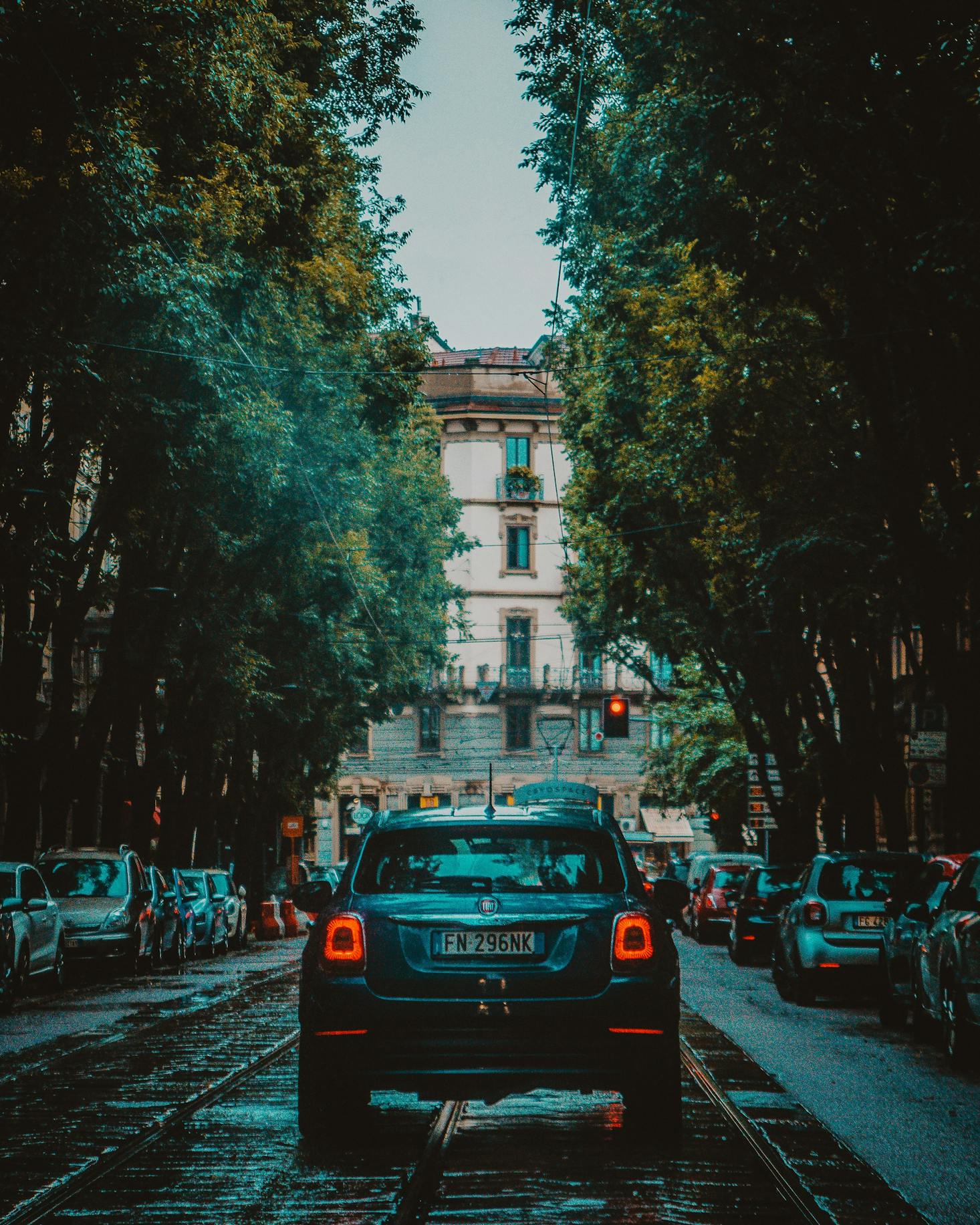
How to get around Milan by car
There may be times when you'll want to drive around Milan, but this is not a good idea unless you like the thrill of rush hour in a big city. The S trains can take you to almost any major city in western Europe, while buses and the metro lines will take you to day trips in the more popular outer-regions of Milan.
There is absolutely no reason for you to drive in Milan, as not only is gas expensive, but parking is very challenging to find too. If you really must, renting a car is pretty straightforward and you can find many rent-a-car agencies throughout the city and at the airports too.
By Taxi
Even with the fast and efficient public transport in Milan you still may need to use a taxi at one point. If you are used to hailing a taxi in the street, you may want to change that tactic while in Milan. In case you need a taxi, you have to either walk to a taxi stand or phone to book one in advance.
You also won't find any taxis waiting at a taxi stand in a queue. However, keep in mind that if you book a taxi by phone, you will start getting charged from the moment the taxi driver leaves to pick you up. Booking a taxi by phone can be a bit challenging unless you speak Italian, so it's best to look for taxi stands at the main points like Centrale and Cadorna train stations, Duomo and Sforza Castle.
The minimum taxi fare costs about $4 on weekdays, with $1.20 tariff per half a mile and taxi fares jumping in the evenings. And while Milan taxis can be relatively expensive, due to the small size of the city it still may cost you only about $12 to get from one side of Milan to the other, depending on traffic.
In the event you need to get a taxi from the City Centre to Malpensa Airport, there is a fixed rate, but going to Linate or Bergamo airports may cost you a lot more than using public transport. Since there is an extra charge for taxis driving faster than 31mph, the tariff per half a mile becomes nearly $2.
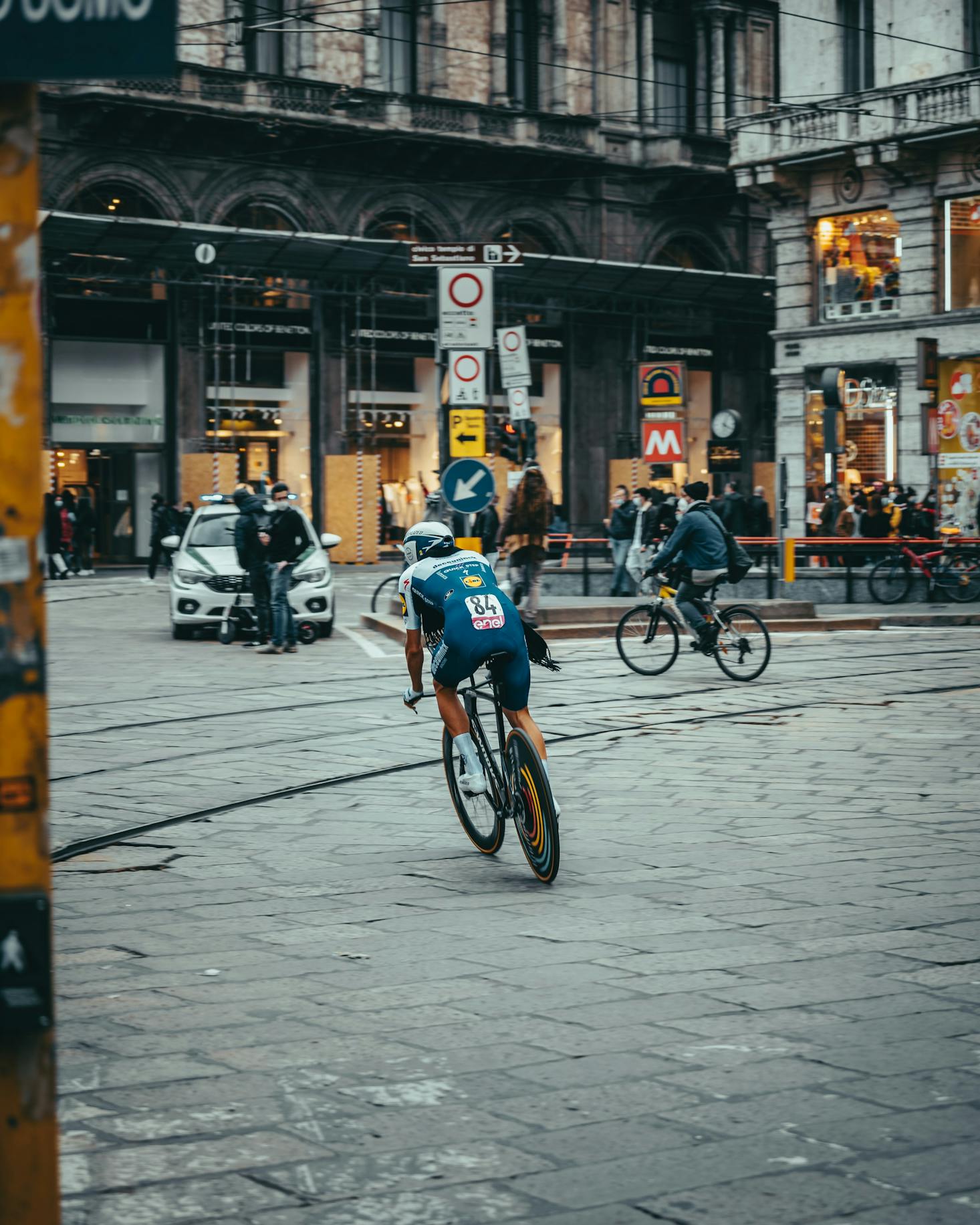
By bicycle
You don't have to be the sporty type to get around Milan by bicycle. The BikeMi bike-sharing program makes it easy to explore the city on two wheels for as low as $3 a day. To get you started, you need to register on the BikeMi website. You will receive an email with a user code and a password which you will need to type into the keypad at any BikeMi self service station in the city.
Bikes must be returned within two hours or you will be charged extra and risk having your subscription canceled. Since there are more than 200 stations throughout the city, it's easy to get to one in two hours.
As far as fares go, you can purchase daily, weekly or yearly subscriptions. The one day fare is about $3. The first half hour is free, and then you get charged $0.60 every half hour, or $2 per hour after you have passed your two hour limit.
Can I get around Milan by foot?
The easiest way to get around Milan, especially in the City Centre is by walking. Most of the attractions are concentrated in the historic centre making it a breeze to explore the city by foot. Walking the city means having the liberty to stop wherever you want, whether to people watch on Piazza Duomo, look for street food, or cool down with a gelato at the famous Ciacco.
Public Transport in Milan, Italy
Riding Milan's public transportation is as easy as it gets. With four metro lines, 18 tram lines, an extensive suburban rail system, and more than 80 buses, you will always get to your destination in time. If you are staying in Milan for more than a week, it's best to get the week pass: other than that, the 24-hour and 48-hour pass will give you unlimited travel within the timeframe of the ticket.

Love discounts and traveling?
Sign up for our newsletter and get 10% off your next booking.
